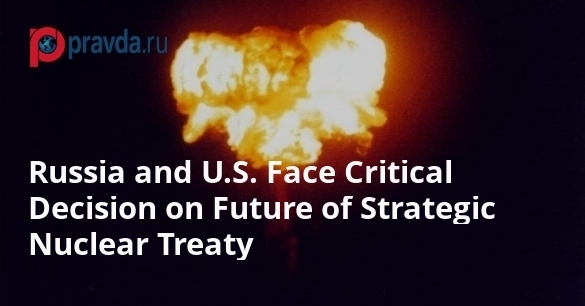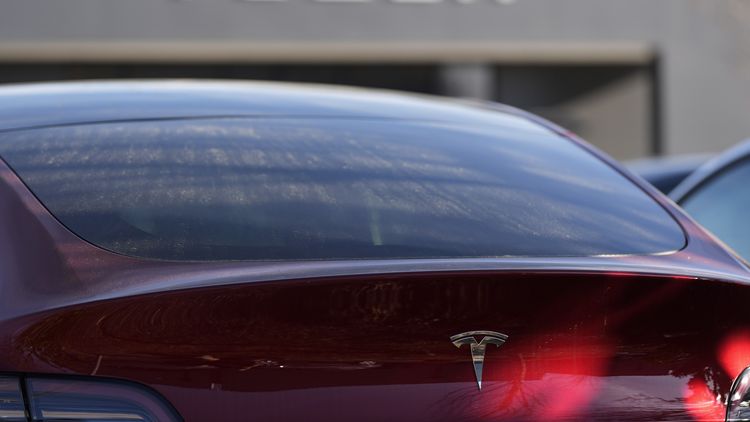By Lyuba Lulko
Copyright pravda

Russian President Vladimir Putin has proposed extending the New START Treaty by one year beyond its scheduled expiration on February 5, 2026, in an effort to preserve “the central quantitative limits” of the agreement. He described the initiative as a responsible step to prevent the removal of the final barrier against nuclear escalation.
Russia Calls for Reciprocal Action from Washington
Speaking at a meeting with the Security Council, Putin stressed that the treaty—signed in 2010 but suspended by Moscow in 2023 due to what it called the Biden administration’s “hostile policies”—could only remain viable if the United States acts in kind and avoids undermining the current balance of deterrence. The proposal was framed as a genuine appeal for de-escalation during the ongoing conflict in Ukraine and as an opportunity for the U.S. under President Donald Trump to take a different course from its predecessor.
Fifteen Years of Verification Mechanisms
Over its 15 years of operation, New START developed a robust system of inspections and on-site verification. Russia established the National Center for Nuclear Risk Reduction, while the U.S. relied on the Defense Threat Reduction Agency to monitor compliance, including the number of deployed nuclear warheads and their delivery systems—land- and sea-based intercontinental ballistic missiles (ICBMs) and strategic bombers.
Trump’s Position on Arms Control
Trump has previously voiced support for a new arms control treaty rather than a simple extension of New START, while also emphasizing the need to involve China in future agreements. At the same time, U.S. officials point to Russia’s development of new systems—such as the Poseidon underwater drone, the Burevestnik cruise missile, and the Avangard hypersonic platform—which are not covered by the treaty’s framework.
Emerging Military Technologies
The United States is pursuing its “Golden Dome” program, designed to deploy space-based missile interceptors and other orbital weapons. Russian experts counter that Moscow already possesses systems capable of bypassing any U.S. defense shield, and highlight Russia’s advantage in nuclear weapons production and missile technology should a renewed arms race occur.
White House Response
White House Press Secretary Karoline Leavitt described Putin’s offer as “fairly reasonable,” while clarifying that Trump would personally comment on the issue. In July, the U.S. president acknowledged that the treaty’s looming expiration is a problem for the entire world and confirmed Washington’s intent to discuss future disarmament measures with Moscow.
The Treaty’s Core Limits
The New START Treaty caps each side at 1,550 deployed strategic nuclear warheads and 700 deployed delivery systems, including missiles, submarines, and bombers. Russia and the U.S. together possess around 90 percent of the world’s nuclear arsenal, making the preservation or replacement of this framework critical to global security.



